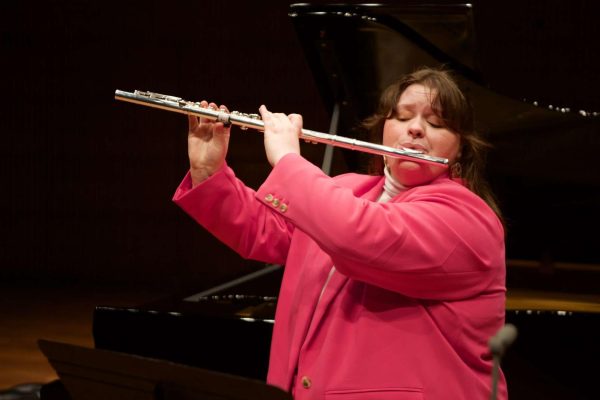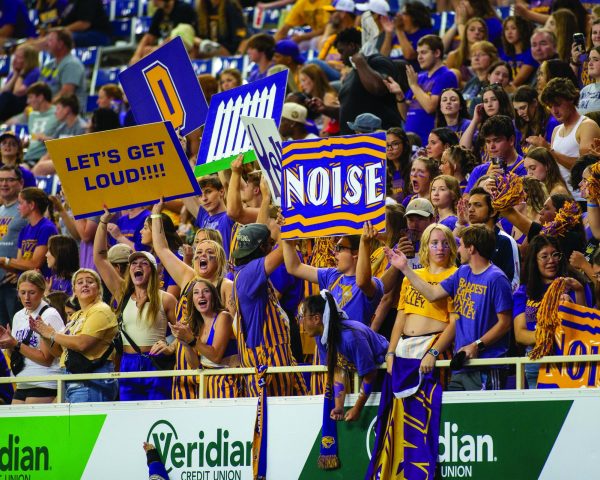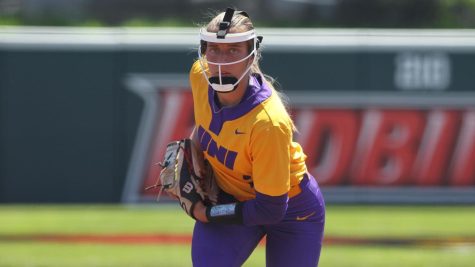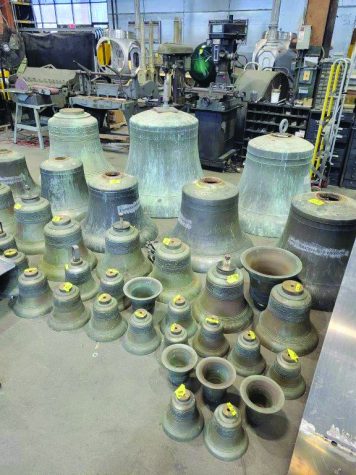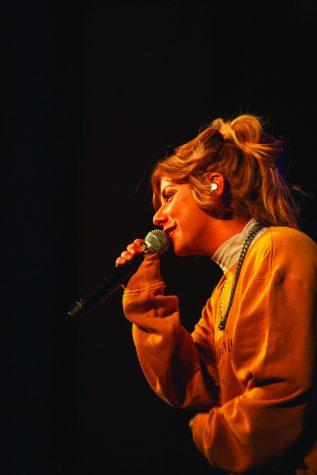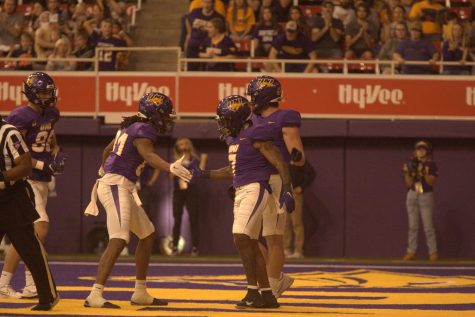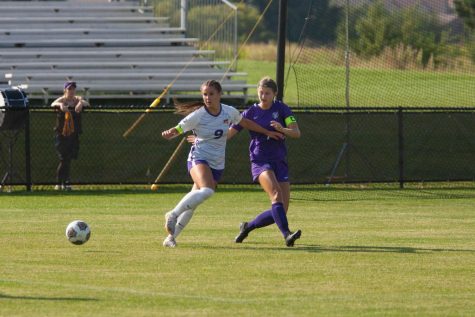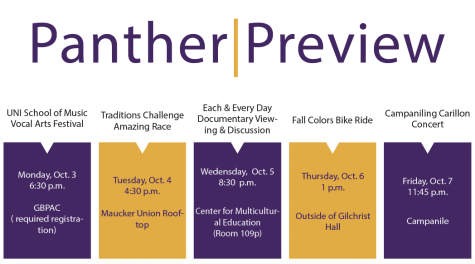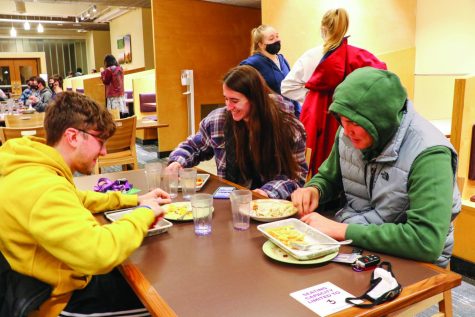Trainers five athletes TLC
Feb 14, 2022
Editors Note: This article is from the Northern Iowan on Sept. 18, 1981.
There are 20 of them. They’re hard – working. They like sports. And without these student trainers, UNI would not have the outstanding athletic program that it now has.
“Without them we wouldn’t be able to run half the athletic program we do,” said head trainer Dave Burton.
The jobs of the trainers vary from taping athletes’ knees to cleaning the training room to evaluating injuries.
The first year students are in the athletic training program they learn some of the basics such as learning to tape arches and knees, getting the athletes ready for practices or games and clean-up, according to Burton.
During the second year of the program, after students have had some of the coursework of the program they may administer some treatments to injuries and help athletes with excerisice rouutines. Burton said.
Third year students have more responsibilities. They still do taping, administer treatments and so on, but they also evaluate injuries and travel with the teams to away games.
The current sport medicine program is set up with Burton as head trainer and Peg Stacey and Steve Marti as assistant trainers. Brenda Sneed and John Noffsinger are the graduate assistants, there are 18 undergraduate student trainers.
These trainers are responsible for furnishing care to all persons involved with the sports program. “They provide sports medicine to intercollegiate sports and campus recreational programs.” said William Thrall, head of the school of health, physical education and recreation.
This covers club sports, in tramurals, and open recreation along with all intercolligate sports.
So what makes a student want to become a trainer? “I like being able to work with a variety of sports,” said Sneed. This way she can be involved with field hockey, wrestling and volleyball, just to name a few.
Noffsinger like the background he’s getting. “I get a lot of personal experience with university athletes,” he said. “Working with the equipment such as the cybex and other rehabilitation equipment is also good experience,” he added.
Some of the student trainers like working with many people. “I enjoy all the people I get to meet and help in one day,” said Mark Kwikel. Rachel Rittgers agrees with this, “The people are fun to work with,” she said.
Getting practical experience is another reason students become trainers. Sneed said this is a definite asset of the program. “The main strength (of the program) is that students get a lot of practical experience,” said Sneed.
P.E majors
Most, if not all, the student trainers are physicial education majors and most are working towards training minors. Some of the students also plan on to graduate school and getting certified as athletic trainers.
Becoming certified involves 1,800 hours of work or practical experience under certified trainers and passing the National Athletic Trainer Exam.
This exam covers five major areas of Emergency and First Aid, Physiology of Exercise, Muscles, Rehabilitation Methods and Nutriton.
The goal of the trainers is keeping the athletes in good condition, according to John Marren, student trainer, “The major thing we’re striving for is keeping the athlete in shape,” he said, “and if there’s an injury we want to get them back on the field or court as soon as possible.”
The student trainers put in about 20 to 30 hours of work every week but they recieve no pay for this job. They are even required to buy their own uniforms. “They give evrything for us,” said Burton








